 When you hear the word “healthy,” what do you think of? Maybe you imagine broccoli or push-ups, running or spinach. But do you think about your mind? The truth is, overall health includes both body and mind, and we can’t be truly healthy unless we’re taking care of our thought patterns and mental wellness.
When you hear the word “healthy,” what do you think of? Maybe you imagine broccoli or push-ups, running or spinach. But do you think about your mind? The truth is, overall health includes both body and mind, and we can’t be truly healthy unless we’re taking care of our thought patterns and mental wellness.
What is Mindfulness?
Mindfulness is the practice of focusing on what you’re sensing and feeling in the present moment, without passing any judgment or allowing interruptions. Its practice has rapidly gained popularity after a barrage of studies show that mindfulness can reduce anxiety, stress, and symptoms of depression[1]. But does it work for everyone?
The answer is, YES! From children to elders, mindfulness has been proven to change the way the brain functions. It impacts the areas of the brain that control learning and memory, regulation of emotions, and the ability to understand different perspectives[2]. Children who have been exposed to trauma or significant life challenges stand to benefit from this practice even more, as mindfulness can have a particularly positive impact on developing brains.
Perhaps the best news is that this practice does not require a significant time investment. Just a few minutes a day is all it takes to start to feel the positive impacts of mindfulness. As an added bonus, this is something that can be done independently or in a group – families may find that making mindfulness a daily routine can help to bring a few minutes of calm to everyone’s life.
Examples of Mindfulness Activities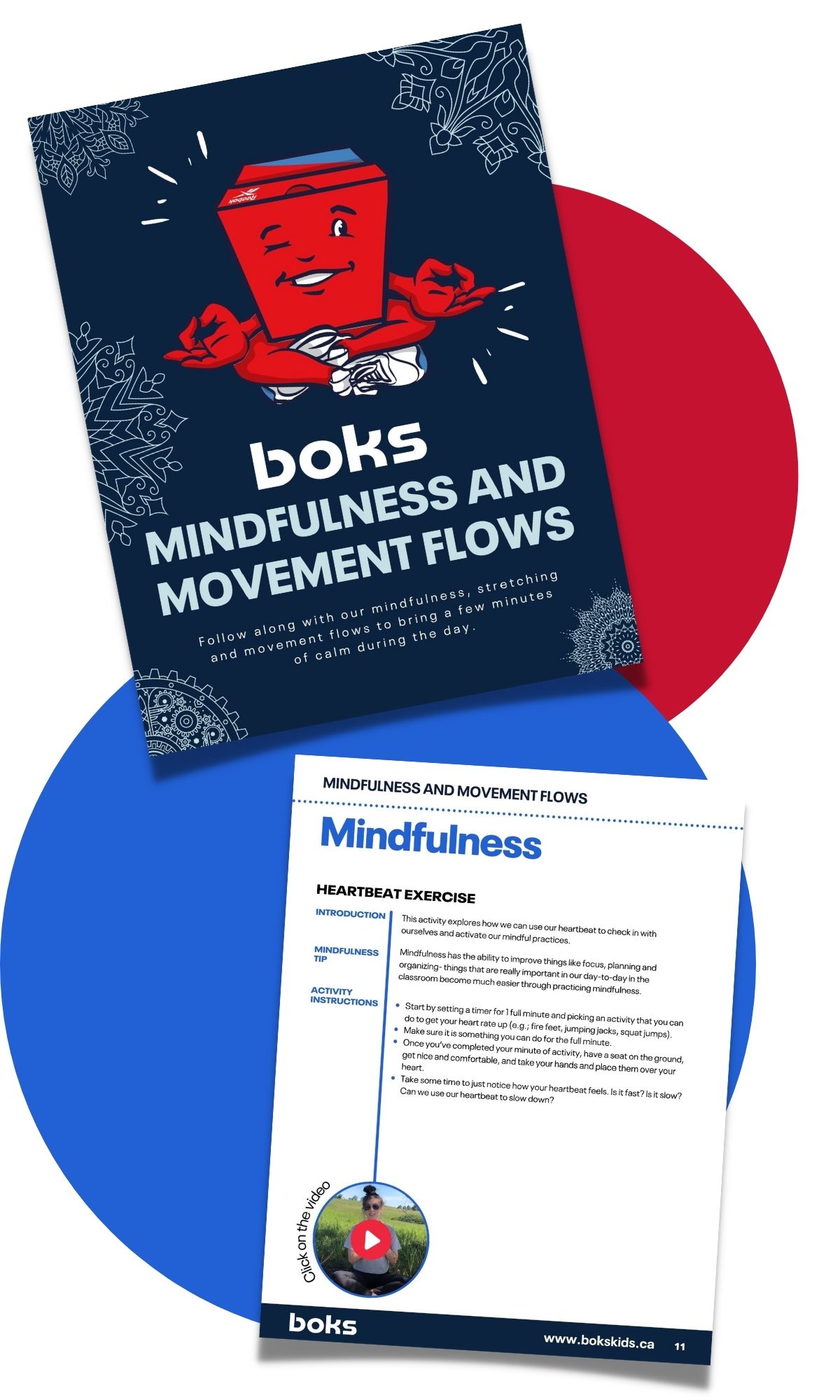
So, what exactly does mindfulness look like? While you might think of traditional meditation – sitting still with your eyes closed – that’s just one of many options you could choose to practice mindfulness. This practice can also be done while walking, laying down, inside or outside, and at any time of the day. Fortunately, BOKS, a free physical activity program for kids and families, has just launched a new Mindfulness & Movement Flows resource designed to take the planning out of mindfulness activities. Created by fitness instructors, this resource contains 25 short activities, ranging from 5 – 10 minutes in length, that all include a follow-along video. These activities are grouped into 5 categories:
- Breathing – Focus on controlling and adjusting your breath.
- Mindfulness Meditation – Tune into your surroundings and be aware of all that’s around you.
- Movement Flows – Practice different movements, focusing on your balance.
- Stretching – Be aware of your body and how different stretches impact different muscles.
- Gratitude – Let go of your emotions and stressors by focusing on what you’re grateful for.
To get the most out of your mindfulness activities, try taking them outside into your local park, backyard, or neighborhood. Research indicates that mindfulness has a far superior impact when practiced in a natural environment, away from artificial noises and distractions[1]. The great outdoors provides natural mental stimulation, which decreases the likelihood of a wandering mind. This contributes to the goal of focusing on the present without letting intrusive thoughts interrupt and provides support to those who may be new to mindfulness.
Time to Jump into Mindfulness
Now that you understand the benefits of mindfulness and how simple it is to practice, why not give it a try? Head outside and allow yourself to focus on your breathing, your surroundings, or your body. If you want additional guidance, sign up for BOKS HERE for free to download Mindfulness & Movement Flows and simply follow along with the videos.
When you’ve tried your first mindfulness exercise, come back and let us know how it made you feel! And remember, mindfulness is not a competition – practice at your own pace, and soon enough, your mental and physical health will thank you.
[1] Mayo Clinic. (2020). Mindfulness exercises. Retrieved from https://www.mayoclinic.org/healthy-lifestyle/consumer-health/in-depth/mindfulness-exercises/art-20046356#:~:text=Mindfulness%20is%20a%20type%20of,mind%20and%20help%20reduce%20stress.
[2] Hozel, B., et al. (2011). Mindfulness practice leads to increases in regional brain gray matter density. Psychiatry Research: Neuroimaging, 191(1), 36-43. Retrieved from https://www.sciencedirect.com/science/article/abs/pii/S092549271000288X
[3] Djernis, D., et al. (2019). A Systematic Review and Meta-Analysis of Nature-Based Mindfulness: Effects of Moving Mindfulness Training into an Outdoor Natural Setting. International Journal of Environmental Research and Public Health, 16(17), 3202. Retrieved from https://www.mdpi.com/1660-4601/16/17/3202/htm
SHEA PEASE
BOKS Team

 We are coming up on a year since we first went into lockdown due to the coronavirus. Throughout the pandemic, mental health and maintaining positive mental health has been a top priority as we all navigate the constant pressure and stress that this situation has created. At BOKS, we are grateful for all that our trainers do to keep their kids moving and helping to support their mental health through movement. We hope this article allows you some insight as you focus on your own mental health and well-being.
We are coming up on a year since we first went into lockdown due to the coronavirus. Throughout the pandemic, mental health and maintaining positive mental health has been a top priority as we all navigate the constant pressure and stress that this situation has created. At BOKS, we are grateful for all that our trainers do to keep their kids moving and helping to support their mental health through movement. We hope this article allows you some insight as you focus on your own mental health and well-being. Move your body! In whatever way feels right for you- go for a walk, stretch on the floor, dance to your
Move your body! In whatever way feels right for you- go for a walk, stretch on the floor, dance to your 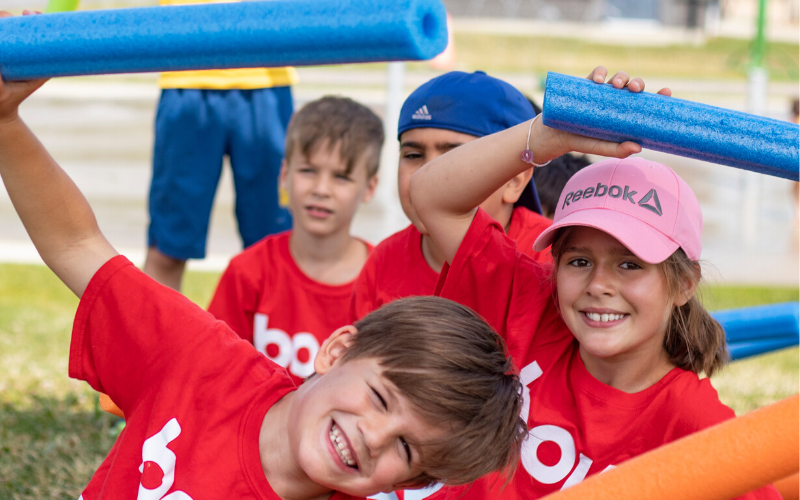
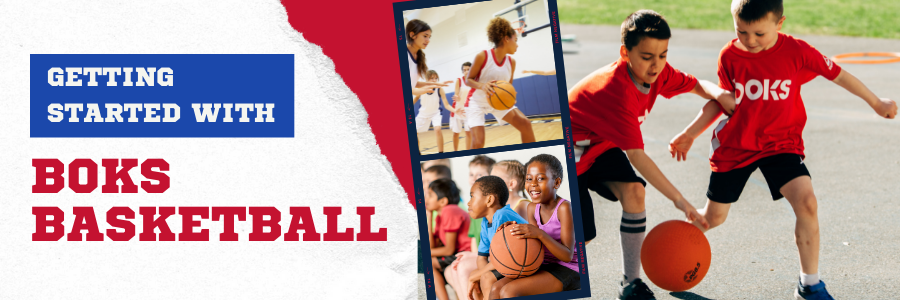





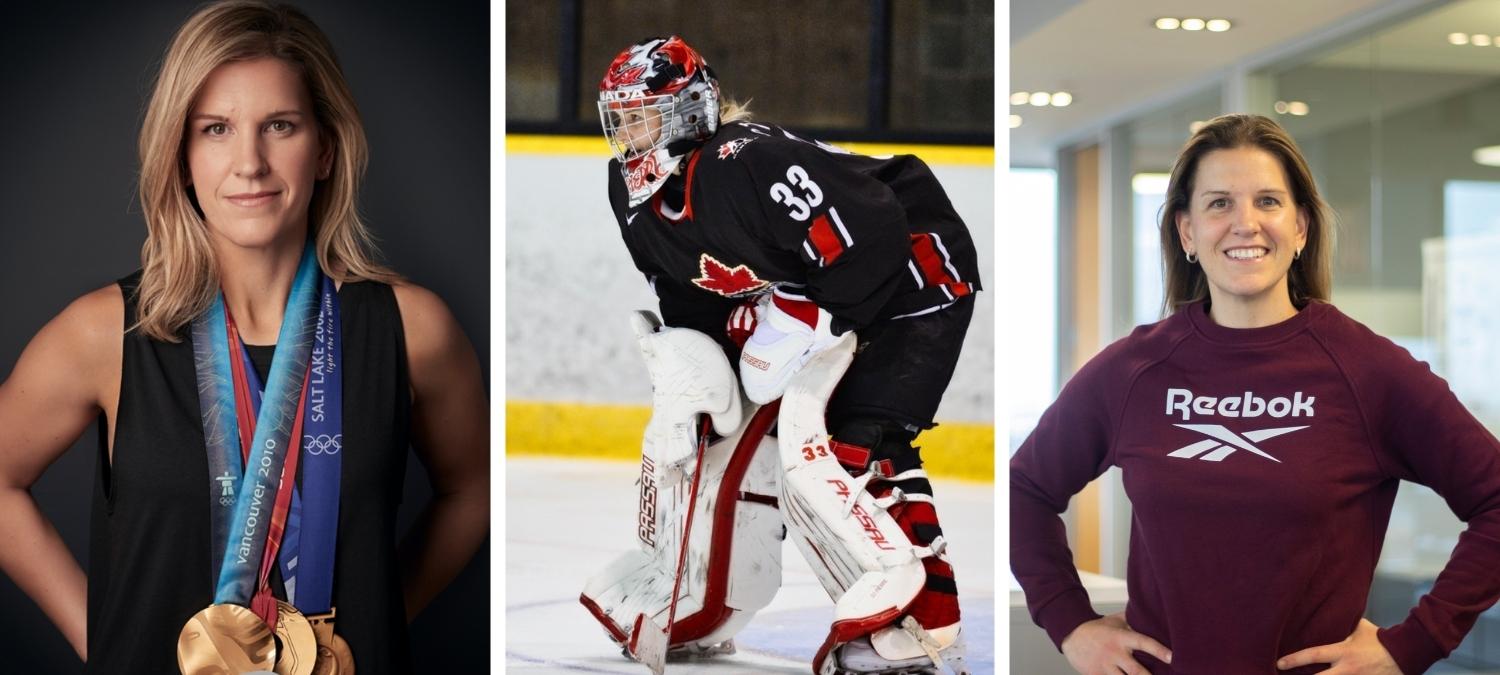
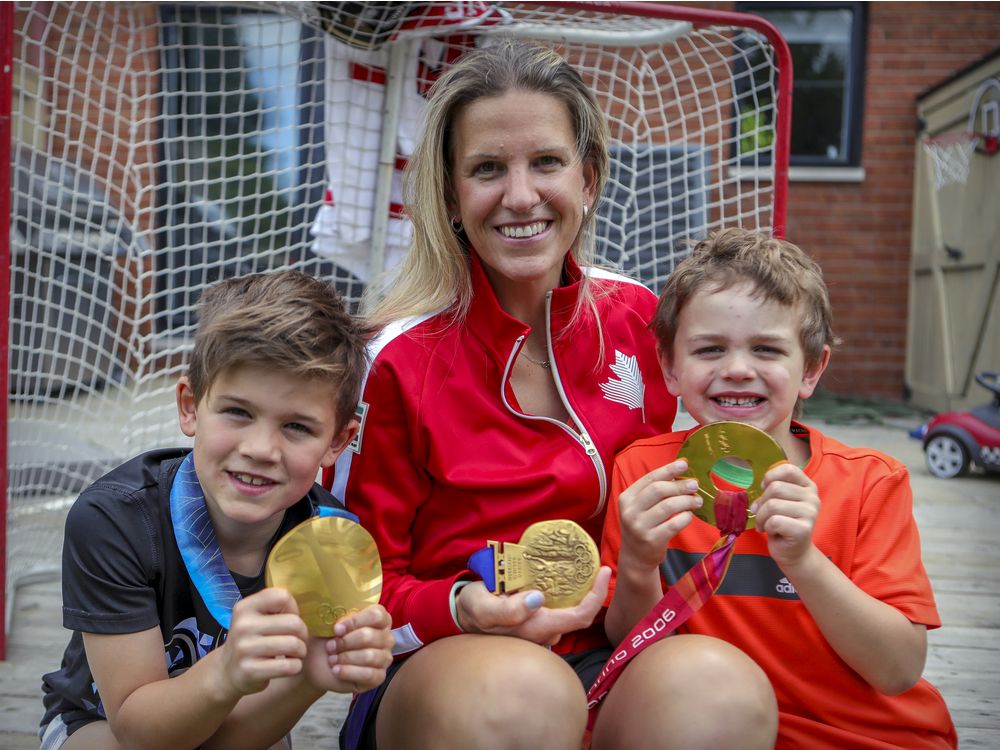
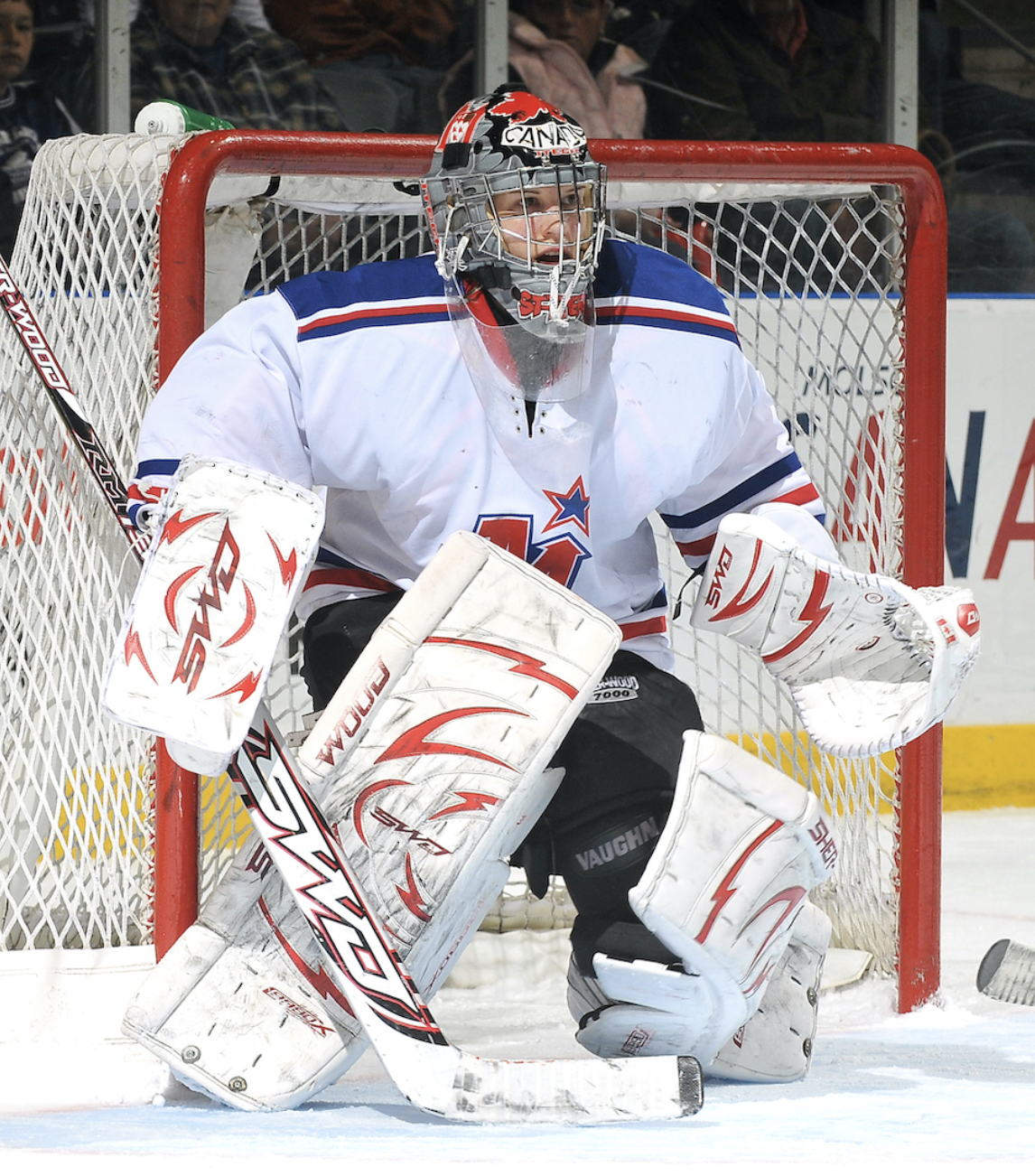











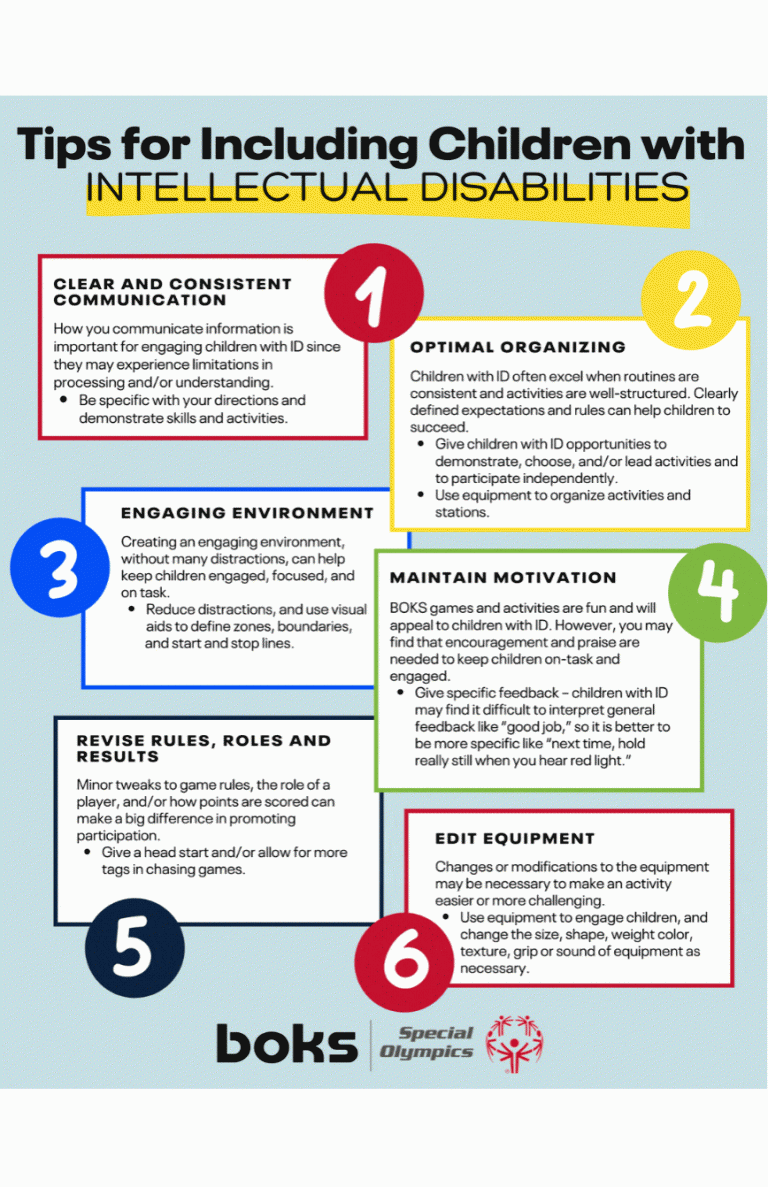

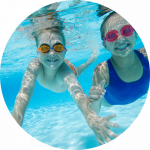

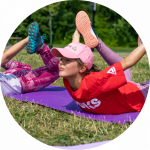
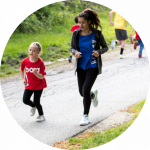




 Vitamin D – The sun is one of the best FREE sources of vitamin D. 5-20 minutes is enough time to get an adequate amount of vitamin D in a day (anymore and you should be using a sunscreen to protect yourself from the sun’s harmful UV rays). There are even suggestions that you can still get some vitamin D on a cloudy day. Why is this important? Vitamin D helps the body produce one of those good chemicals called serotonin. Serotonin, in very general terms, can provide you with a number of worthwhile benefits:
Vitamin D – The sun is one of the best FREE sources of vitamin D. 5-20 minutes is enough time to get an adequate amount of vitamin D in a day (anymore and you should be using a sunscreen to protect yourself from the sun’s harmful UV rays). There are even suggestions that you can still get some vitamin D on a cloudy day. Why is this important? Vitamin D helps the body produce one of those good chemicals called serotonin. Serotonin, in very general terms, can provide you with a number of worthwhile benefits: Fresh Air – When I was a kid and had a cold, my mother liked nothing better than to make sure that not only did I get outdoor time, but that the windows would be opened so she could “allow that fresh air to blow the germs away.” While I wasn’t a fan of those open windows on a cold winter day, I can now appreciate her thoughts on the relationship of fresh air to helping build better health/immunity. Having medical journals and the Penn State Department of Health state that being outside can help prevent bacterial and viral infections, is additional support to my mother’s words.
Fresh Air – When I was a kid and had a cold, my mother liked nothing better than to make sure that not only did I get outdoor time, but that the windows would be opened so she could “allow that fresh air to blow the germs away.” While I wasn’t a fan of those open windows on a cold winter day, I can now appreciate her thoughts on the relationship of fresh air to helping build better health/immunity. Having medical journals and the Penn State Department of Health state that being outside can help prevent bacterial and viral infections, is additional support to my mother’s words. Time with Family, Friends and Community – Once you step out that door, arguably you are stepping away from certain distractions like technology, work, and other indoor tasks. This time outside gives you the chance to refresh your mind. It is also a time to connect with others. Human connection is so vital to decreasing our anxieties and stress levels. It is important to connect with family, friends and a community where you can support each other and enjoy activity together, releasing stress as you engage. As a family, try a game of Fox and Goose in the snow OR have a community snowball fight!
Time with Family, Friends and Community – Once you step out that door, arguably you are stepping away from certain distractions like technology, work, and other indoor tasks. This time outside gives you the chance to refresh your mind. It is also a time to connect with others. Human connection is so vital to decreasing our anxieties and stress levels. It is important to connect with family, friends and a community where you can support each other and enjoy activity together, releasing stress as you engage. As a family, try a game of Fox and Goose in the snow OR have a community snowball fight! Physical Activity – The final ingredient is movement. Getting outdoors in the fresh air is step one. Step two is to add movement. Physical activity has many mental and physical health benefits and getting outdoors to do it, only increases the impact of these benefits. Your physical activity of choice can be a nod to the climate where you live- consider ice skating or sledding in the snow, or a walk along a snowy trail, a sandy beach, or a wet sidewalk. Even outdoor chores count as movement. Check out
Physical Activity – The final ingredient is movement. Getting outdoors in the fresh air is step one. Step two is to add movement. Physical activity has many mental and physical health benefits and getting outdoors to do it, only increases the impact of these benefits. Your physical activity of choice can be a nod to the climate where you live- consider ice skating or sledding in the snow, or a walk along a snowy trail, a sandy beach, or a wet sidewalk. Even outdoor chores count as movement. Check out